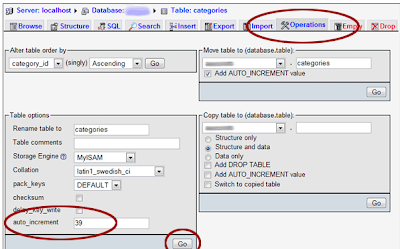- Reduced network traffic and latency, boosting application performance.
- Stored procedure execution plans can be reused, staying cached in SQL Server’s memory, reducing server overhead.
- Client execution requests are more efficient. For example, if an application needs to INSERT a large binary value into an image data column not using a stored procedure, it must convert the binary value to a character string (which doubles its size), and send it to SQL Server. When SQL Server receives it, it then must convert the character value back to the binary format. This is a lot of wasted overhead. A stored procedure eliminates this issue as parameter values stay in the binary format all the way from the application to SQL Server, reducing overhead and boosting performance.
- Stored procedures help promote code reuse. While this does not directly boost an application’s performance, it can boost the productivity of developers by reducing the amount of code required, along with reducing debugging time.
- Stored procedures can encapsulate logic. You can change stored procedure code without affecting clients (assuming you keep the parameters the same and don’t remove any result sets columns). This saves developer time.
- Stored procedures provide better security to your data. If you use stored procedures exclusively, you can remove direct SELECT, INSERT, UPDATE, and DELETE rights from the tables and force developers to use stored procedures as the method for data access. This saves DBA’s time.



